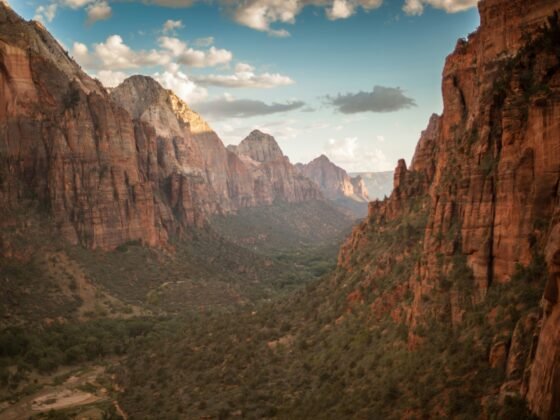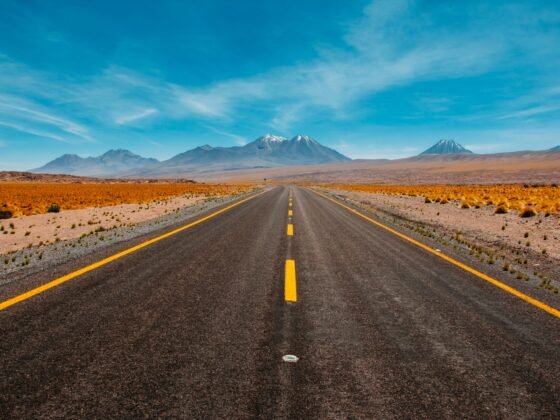A gap year is one of the most exciting opportunities a young traveller can take. Whether you’ve just finished school, graduated from university, or are taking a career break, a gap year offers the chance to explore the world, gain new skills, and build life experiences that will stay with you forever.
With so many gap year travel options, from volunteering in Africa to backpacking in Asia, planning can feel overwhelming. This guide will help you understand the main types of gap year travel, what to watch out for, and how to make the most of your time abroad.
Before you hit Amazon to order your microfibre towel and packing cubes, get yourself a cuppa and give this guide a read.
Why Take a Gap Year?
A gap year isn’t just a long holiday. Done well, it can:
- Build confidence and independence.
- Develop skills for future careers (e.g. conservation, research, language learning).
- Improve cultural awareness and global understanding.
- Offer the chance to make a positive impact through volunteering and ethical travel.
Different Styles of Gap Year Travel
1. Travel & Volunteering Programmes
Structured small group tours or specialist gap year volunteering programmes are a great starting point. They combine travel with the chance to join a ready-made social group, making them less intimidating for first-time and solo travellers, while also offering an element of support.
Popular operators include:
- African Impact – volunteer projects in Africa
- The Mighty Roar – structured and affordable volunteer programmes
- Intrepid 18–29s trips – small group adventure travel
- G Adventures – small group adventure travel
While some focus on adventure travel and cultural immersion with locally-based guides, others have more of a conservation or community focus. Research carefully so you know what’s available.
2. Skill-Based Conservation & Science Programmes
For students interested in ecology, science, or conservation, specialised programmes offer hands-on experience:
- Operation Wallacea – field research in remote habitats
- Earthwatch Institute – citizen science projects worldwide
- Marine Conservation Philippines – dive-based reef monitoring
- Biosphere Expeditions – work alongside local scientists
These are particularly rewarding if you want to link your gap year to future academic or career goals.
3. Independent Travel / Backpacking
Backpacking is the classic gap year experience, offering maximum freedom, but it also requires maturity and planning. Many travellers combine independent travel with a structured programme. Starting with a small group trip before branching out solo is an excellent way to build confidence.
Beginning with a group programme can also reassure parents at home.
Popular routes include overland travel through South and Central America and backpacking in Asia.
The most rewarding gap years often blend structured volunteering with independent exploration.
Red Flags to Watch Out For
Not all gap year programmes are equal. Watch out for:
- Lack of transparency – vague websites and unclear daily schedules.
- Excessive fees – high costs without a clear breakdown of where your money goes.
- Animal exploitation – avoid any programme involving unnecessary direct interaction with wild animals (cub-petting, elephant rides). If you’re joining a vet programme or wildlife monitoring project, some close contact may be justified.
- No local involvement – projects run without input from communities or scientists.
- Overblown promises – short trips that claim to “save the rainforest” or deliver unrealistic impacts.
Practicalities of Gap Year Travel
Safety
- Always have comprehensive travel insurance (check all the adventure activities you’ll be doing are covered).
- Share your itinerary and enable location sharing with family or friends.
- Learn basic first aid and pack a small kit.
- Take copies of your documents and keep emergency contacts handy.
- Safe drinking water is essential. Consider carrying a Water-to-Go bottle or another portable filtration system so you always have access to clean water without relying on single-use plastic bottles.
Who to Travel With
Decide whether you’ll go solo, with friends, or join a group – or mix and match. Solo travel builds independence and offers flexibility, but it comes with challenges: no one to split a room with, keep an eye on your bag, or bounce ideas off. For me, the hardest part of travelling solo was mealtimes; I always took a book to dinner.
Budget & Saving
- Start saving early and set a realistic daily budget. Remember that what you spend in Guatemala will be very different from what you spend in Australia.
- Consider travel cards like Monzo for managing overseas spending.
- Don’t forget hidden costs such as visas, vaccinations, conservation or entry fees, airport taxes, and local transport.
Route Planning
Avoid the temptation to cram in too much. Constantly moving eats into your budget and limits your time on the ground.
Create a wish list of the places you most want to include, then spend some time with a world map. It might sound obvious but you’d be surprised! Route planning is essential – think about your carbon footprint and your airmiles if you’re on a budget. Airline alliances offer expansive networks, and specialists such as Trailfinders can help maximise value from a round-the-world ticket by building in open jaws and clever little sectors.
Slow travel is ultimately more rewarding, and you may never again have this much time to travel. It’s better to explore fewer destinations in depth, travelling overland where possible, than to skim across dozens. It’s kinder to the planet and your bank balance too.
Understanding RTW Terminology
For those with ambitions to go round the world, here’s a crash course before you sit down with a travel agent:
- RTW – Round the World ticket
- Open jaw – fly into one airport, fly out of another
- Sector – individual flight within a journey
- Overland – travel by land (e.g, bus, train, car) between destinations
- Stopover/Layover – a stopover is more than 24 hours; a layover is less, usually due to flight connections
Popular RTW route example: UK – Central/South America – USA – Pacific – Australia/NZ – Asia – UK
Final Thoughts
A gap year can be life-changing, whether you spend it volunteering in Africa, backpacking through Asia, overlanding in Australia, or joining a conservation project in South America. The most rewarding experiences combine adventure, skill-building, and cultural immersion.
Plan carefully, choose ethical and responsible organisations, and give yourself time to truly connect with the places you visit. Done right, your gap year will shape not just your future, but perhaps help shape a better future for the planet too.
👉 Looking for inspiration? Read about Max and his volunteering experience in Malawi for a real-world example of what’s possible.
Image: Tom Cleary, Unsplash












